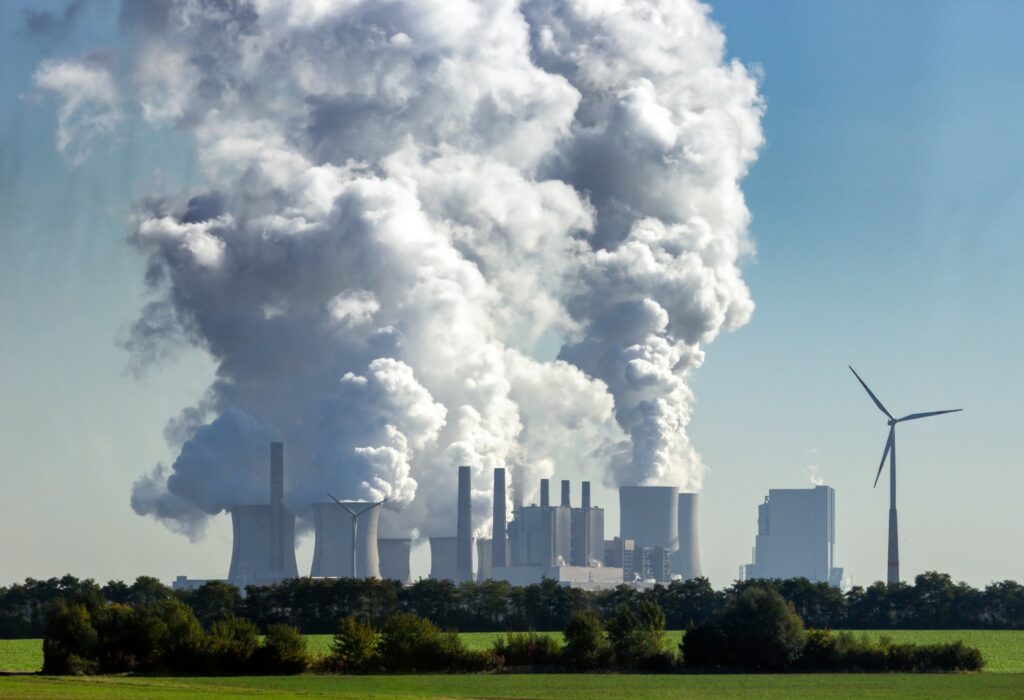
Heavy Rain, Flooding, and Chance of Severe Weather Staring Down the Southern U.S.
January 22, 2024
Posted: July 21, 2023 12:35 pm





A new study is detailing that the weather phenomenon dubbed “underground climate change” is leading to deformations in the ground that lies beneath large cities. Here is what the study out of Northwestern University found and why it could impact the infrastructure of major cities across the world.
The long-term durability of buildings and key infrastructure pieces could be threatened in the future due to the shifting of land happening under these urban areas. Underground climate change is defined as the rising temperatures of the ground that is triggered by the heat that comes off of buildings and transportation systems that run under the surface.
The authors of the study said that the impacts become more intense as the city becomes denser. The shifting takes place as the ground lying directly beneath these structures heats up, leading to settlement.
While these deformations are small on their own, they can add up over time and become a significant issue for a number of infrastructure elements. These elements include tunnels, foundations, and important retaining walls.
The authors of the study are quick to note that the term of underground climate change does not necessarily mean that the changes are the result of greenhouse gases and other environmental impacts. However, that does not mean that the issue is not deserving of concern.

Underground climate change is responsible for a number of potential hazards. Some of these problems include groundwater contamination or the buckling of train tracks underground.
The recent study and its results was published in the July journal of Communications Engineering. Researchers investigated the issue by installing 150 temperature sensors in various places of the Chicago Loop district. These sensors were installed both underground and above ground in a variety of different places.
The same type of sensor was also placed in green space areas, including the expansive Grant Park and along the shores of Lake Michigan. This contrast was purposeful in order to determine the impacts of temperatures with no extra heat coming from man-made surfaces.
The temperature data was collected over a time period of three years. The results demonstrated that the temperature readings below the Loop were registering up to 18 degrees warmer than the ground located under Grant Park.
The researchers then took the finding and constructed a computer model that simulated the impacts of the increase in temperatures from the 1950 up through 2050. The results showed that the ground does indeed react in different ways to the heat put off from buildings and other urban structures.
The research gathered also revealed that warmer temperatures can lead to the ground swelling and expanding by as much as 0.5 inches. The change is so small that scientists are not worried that buildings will suddenly begin to fall.
While underground climate change does not necessarily comprise the safety of structures and buildings, it could lead to potential distortions and cracking. This could translate to the possibility of corrosion as water is able to seep into the cracked surfaces.
The authors of the study were also quick to point out that the information learned from the research can have positive impacts. For instance, simply understanding that this phenomenon exists means that architects can plan future buildings accordingly. This may mean engineering buildings with better insulation to trap the heat.
In addition, scientists say that there is also the possibility of using geothermal technology sources to harvest the heat that is put out from these structures. In effect, the waste heat can be recycled to use for intentional heating and cooling efforts.
Although the concept of underground climate change has not been studied extensively, the groundbreaking study out of Chicago could serve as the framework for more research into the topic. And while the impacts of the underground climate change are not likely to be hazardous for humans, it does not mean that some of the world’s larger cities will escape the negative effects.
For example, in May, scientists announced that New York City may be sinking under the weight of its own massive buildings. The way in which planet Earth shifted after the last ice age is another factor to why the Big Apple may be losing ground.
Did you find this content useful? Feel free to bookmark or to post to your timeline for reference later.

January 21, 2024

January 19, 2024

January 18, 2024